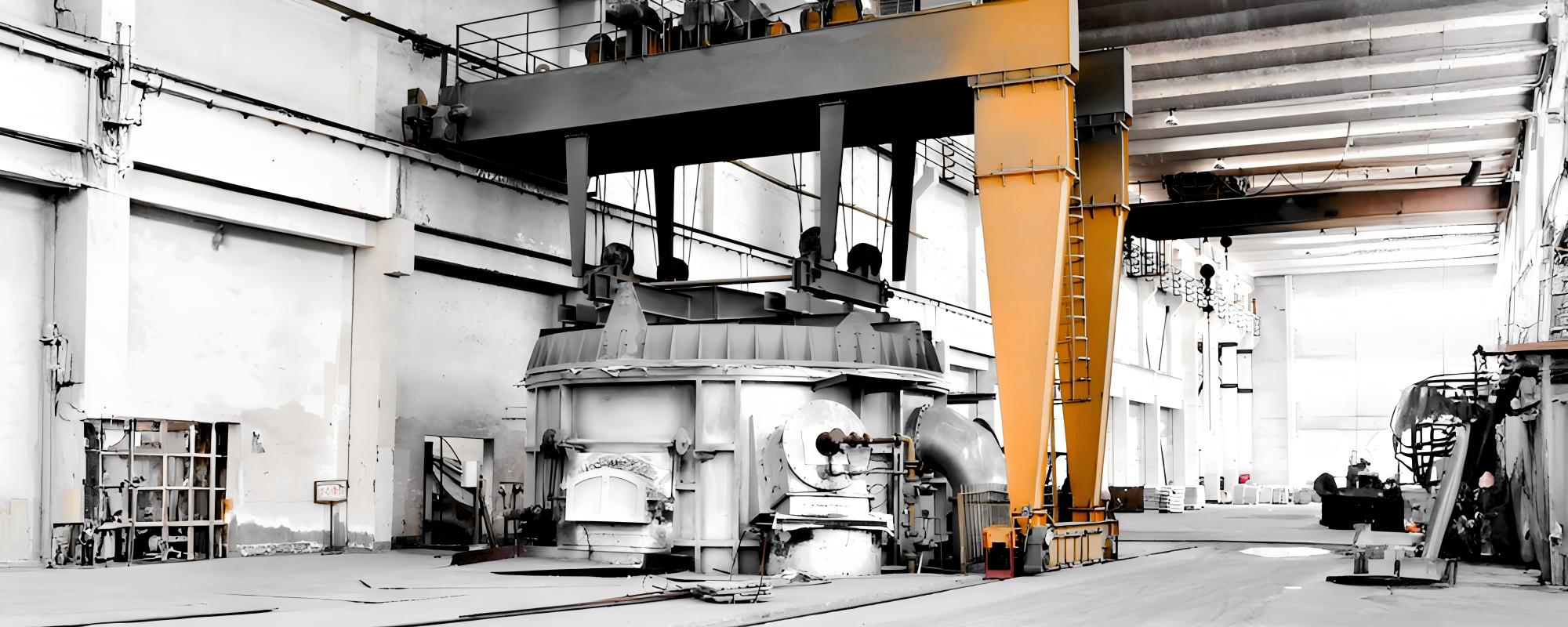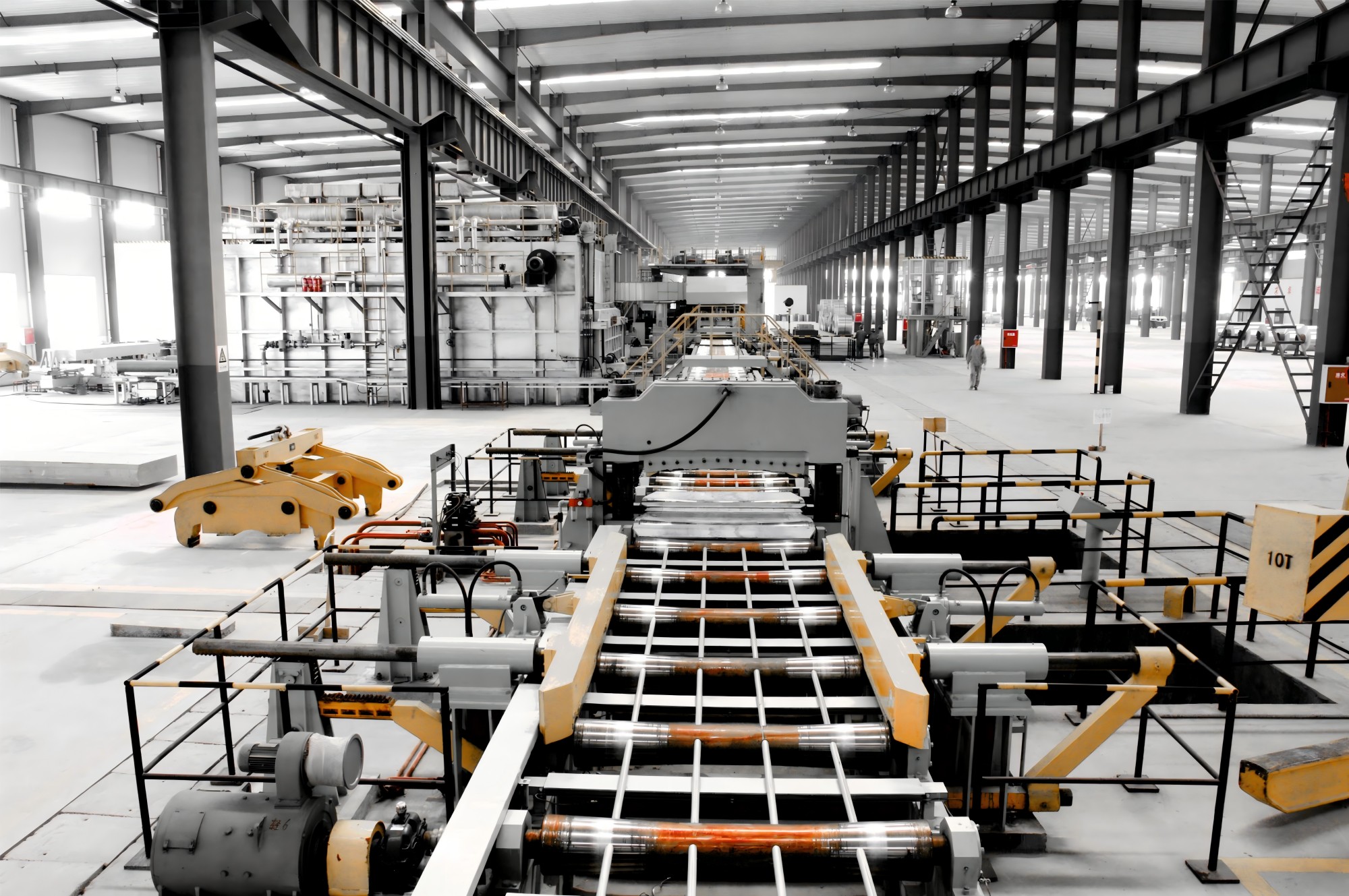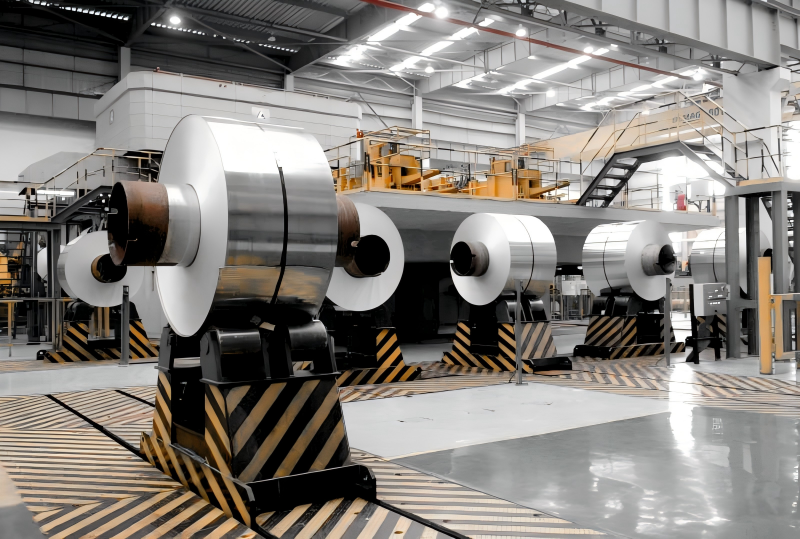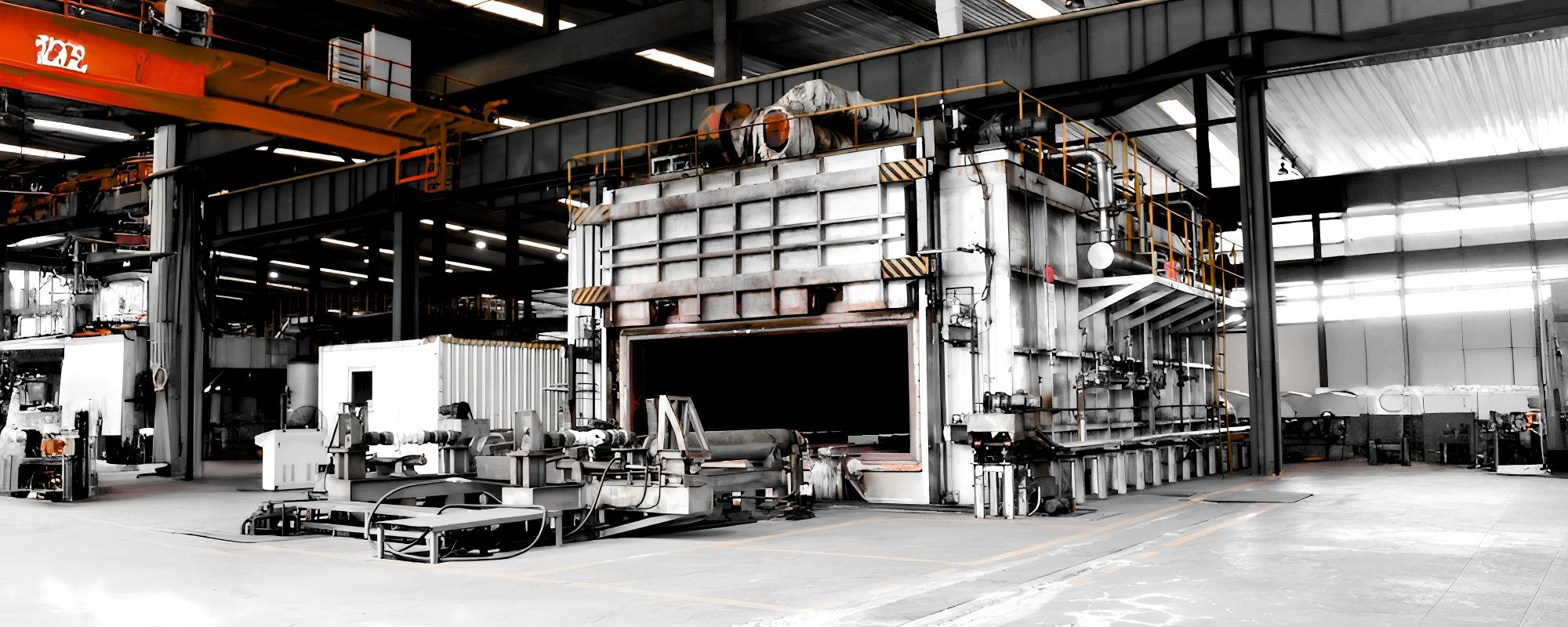What is the Difference Between Aluminum 5052 vs 6061?
Aluminum 5052 and 6061 are two popular alloys used in various industries due to their unique properties. While both are lightweight and corrosion-resistant, they differ significantly in terms of strength, heat treatability, and specific applications. Understanding these differences is crucial for selecting the right alloy for your project.
The primary difference between Aluminum 5052 and 6061 lies in their composition and heat treatability. 5052 is a non-heat-treatable alloy with excellent corrosion resistance and formability, making it ideal for marine and sheet metal applications. In contrast, 6061 is heat-treatable, offering higher strength and better machinability, which makes it suitable for structural and machined parts.

Now that we've covered the basics, let's dive deeper into the specific characteristics of each alloy to help you make an informed decision.
Which Aluminum Alloy is Stronger: 5052 or 6061?
When it comes to strength, both alloys have their strengths, but 6061 generally outperforms 5052 in terms of yield strength, especially when heat-treated.
6061 aluminum, particularly in its T6 temper, has a higher yield strength (276 MPa) compared to 5052 H32 (193 MPa). However, 5052 exhibits higher fatigue strength (117 MPa vs. 96.5 MPa for 6061), which is important for applications involving repeated stress cycles.

Strength is a critical factor when choosing between 5052 and 6061 aluminum alloys. 6061, especially when heat-treated to the T6 temper, offers superior yield strength, making it ideal for applications requiring high load-bearing capacity, such as aircraft components, truck frames, and structural parts. The heat treatment process involves solution heat treating and artificial aging, which significantly enhances its mechanical properties. On the other hand, 5052, while having lower yield strength, boasts higher fatigue strength. This means that 5052 can withstand more cycles of stress without failing, which is beneficial for parts subjected to vibrational or cyclic loads, like fuel tanks or marine hardware. Additionally, 5052's higher modulus of elasticity (70.3 GPa vs. 68.9 GPa for 6061) indicates it is stiffer, which can be advantageous in certain forming operations. Therefore, while 6061 is generally stronger in static applications, 5052 might be preferable where fatigue resistance and stiffness are more critical.
Can You Weld 5052 and 6061 Aluminum?
Both alloys are weldable, but there are some differences in their weldability and the precautions needed.
5052 aluminum has excellent weldability due to its non-heat-treatable nature and lack of copper, which can cause issues in welding. 6061, while also weldable, requires more care because it contains copper, which can lead to hot cracking if not managed properly.

Weldability is another important consideration when comparing 5052 and 6061 aluminum alloys. 5052, being a non-heat-treatable alloy, does not suffer from the same welding challenges as heat-treatable alloys like 6061. Its chemical composition, particularly the absence of copper, makes it less prone to hot cracking during welding. This makes 5052 a preferred choice for applications where welding is a primary fabrication method, such as in the construction of pressure vessels, marine equipment, and architectural structures. On the other hand, 6061 can be welded, but it requires careful control of welding parameters to prevent issues like porosity and cracking. The presence of copper in 6061 can lead to the formation of low-melting-point eutectics, which increase the risk of hot cracking. Therefore, when welding 6061, it's essential to use proper filler materials and techniques, such as using 4043 or 5356 filler alloys, and ensuring that the heat input is controlled to minimize the heat-affected zone. Despite these challenges, 6061's weldability is still good, and it is commonly used in welded structures where its higher strength is beneficial. In summary, while both alloys can be welded, 5052 offers superior weldability with fewer complications, making it the go-to choice for welded applications, whereas 6061 requires more meticulous welding practices but provides higher strength in the welded structure.
What Are the Best Applications for 5052 and 6061 Aluminum?
The choice between 5052 and 6061 often depends on the specific requirements of the application.
5052 is best suited for applications requiring high formability, corrosion resistance, and weldability, such as marine hardware, fuel tanks, and sheet metal work. 6061, with its higher strength and machinability, is ideal for structural components, machined parts, and applications where heat treatment can enhance performance.

Selecting the right aluminum alloy for a particular application is crucial to ensure optimal performance and longevity. 5052 aluminum, with its excellent formability and corrosion resistance, is particularly well-suited for applications in the marine industry, where exposure to saltwater is common. Its ability to be easily formed into complex shapes makes it ideal for boat hulls, tanks, and other marine hardware. Additionally, 5052's high fatigue strength and good weldability make it a popular choice for fuel tanks, pressure vessels, and architectural panels. In contrast, 6061 aluminum shines in applications that demand higher strength and the ability to be heat-treated. It is extensively used in the aerospace industry for structural components, in the automotive sector for truck frames and wheels, and in the construction of rail transit systems for platforms and floors. Its good machinability also makes it a favorite for producing precision parts like bicycle frames and diving cylinders. Furthermore, 6061's ability to be anodized allows for enhanced corrosion resistance and aesthetic appeal, making it suitable for applications where both function and appearance are important. In summary, while there is some overlap in their applications, 5052 is generally preferred for its formability and corrosion resistance in marine and sheet metal applications, whereas 6061 is chosen for its strength and machinability in structural and precision components.
How Do 5052 and 6061 Aluminum Differ in Corrosion Resistance?
Corrosion resistance is a key property of aluminum alloys, and both 5052 and 6061 offer good protection, but there are differences.
5052 aluminum has superior corrosion resistance, especially in marine environments, due to its higher magnesium content and absence of copper. 6061, while still corrosion-resistant, is more susceptible to corrosion in certain conditions, particularly when not properly anodized.

Corrosion resistance is a vital property when selecting aluminum alloys for various applications, as it directly impacts the durability and maintenance requirements of the final product. 5052 aluminum stands out for its excellent corrosion resistance, particularly in marine and saltwater environments. This is primarily due to its higher magnesium content (2.2-2.8%) and the absence of copper, which can galvanically couple with aluminum and accelerate corrosion. The chromium content in 5052 also helps in forming a protective oxide layer, enhancing its resistance to pitting and general corrosion. On the other hand, 6061 aluminum, while still offering good corrosion resistance, is not as robust in corrosive environments as 5052. The presence of copper (0.15-0.4%) in 6061 can lead to micro-galvanic corrosion, especially if the alloy is not properly treated or if there are inconsistencies in the microstructure. However, 6061 can be anodized to significantly improve its corrosion resistance, making it suitable for applications where additional protection is applied. In practice, 5052 is often the first choice for applications where corrosion resistance is paramount, such as in marine hardware, chemical processing equipment, and outdoor architectural structures. Meanwhile, 6061 is commonly used in applications where the environment is less aggressive, or where the alloy can be protected by coatings or anodizing. It's also worth noting that both alloys can suffer from stress corrosion cracking under certain conditions, so proper design and fabrication practices are essential to mitigate this risk. In conclusion, while both alloys are corrosion-resistant, 5052 offers superior performance in harsh environments, particularly marine settings, whereas 6061 may require additional treatments to achieve comparable corrosion resistance.
Conclusion
In conclusion, choosing between Aluminum 5052 and 6061 depends on the specific needs of your project. If you prioritize formability, weldability, and corrosion resistance, especially in marine applications, 5052 is the better choice. However, if you need higher strength, good machinability, and the ability to heat-treat for enhanced properties, 6061 is more suitable. Understanding these differences will help you select the right alloy for your requirements.

